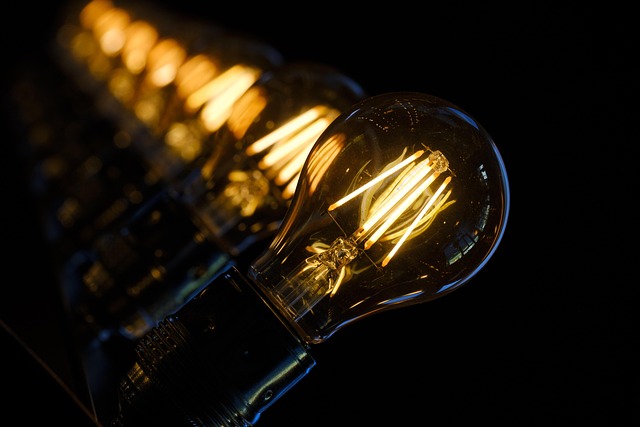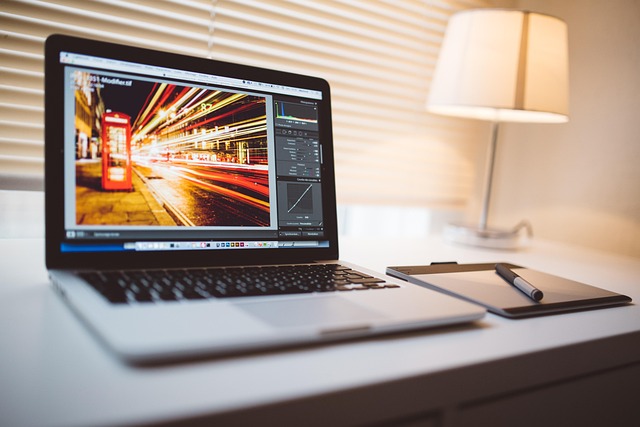The world of content creation has undergone a significant transformation in recent years, largely driven by technological advancements. One of the most impactful yet often overlooked elements in this evolution is lighting. For creators and viewers alike, the way lighting interacts with TV and monitor display technology significantly shapes the visual experience, enhancing storytelling and artistic expression.
When we think of TV and monitor displays, we often focus on resolution, color accuracy, and refresh rates. However, the effectiveness of these technologies can be dramatically influenced by the quality and arrangement of lighting. Proper lighting not only impacts the clarity and vibrance of visuals but also sets the mood and tone of the content being consumed. For instance, the stark difference between a scene shot in soft ambient lighting versus one captured under harsh fluorescent lights is palpable. It can evoke a sense of warmth, intimacy, or even tension depending on how it is utilized.
Modern display technologies, such as OLED and QLED, have made remarkable strides in delivering stunning visuals. Yet, without the right lighting, even the most advanced screens can fail to showcase their true potential. Consider how HDR (High Dynamic Range) content comes alive only when paired with complementary lighting conditions. This fusion creates a more immersive experience, captivating viewers and allowing them to connect with the narratives presented on the screen.
As content creators, understanding the relationship between lighting and display technology is crucial. When designing video content or streaming live events, a well-thought-out lighting plan can enhance the overall production value. This means paying attention to how different light sources affect the color grading and visual aesthetics of a project. Utilizing techniques such as three-point lighting can help achieve the desired look, directing the audience’s focus to key elements in a scene and creating a sleek visual narrative.
In today’s digital landscape, where monitors are central to our daily workflows, lighting also plays a critical role in our productivity and wellbeing. The right lighting can minimize eye strain, improve mood, and enhance focus, making it an essential aspect of the workspace for content creators. By investing in adjustable desk lamps or smart lighting solutions, users can tailor their environments to ensure comfortable viewing experiences, which in turn supports creativity and efficiency.
Moreover, advancements in smart lighting technology, like adaptive RGB systems, offer content creators the ability to sync their lighting with their displays. This not only adds a dynamic aesthetic impact but can also help viewers feel more immersed in the content, allowing for a multisensory experience that can elevate the storytelling process.
Ultimately, as the boundaries of content creation continue to expand and evolve, lighting remains a pivotal player in the technological landscape of TV and monitor displays. By recognizing and investing in innovative lighting solutions, both creators and consumers can enrich their experiences, unlocking new levels of engagement and connection with the content they love.




